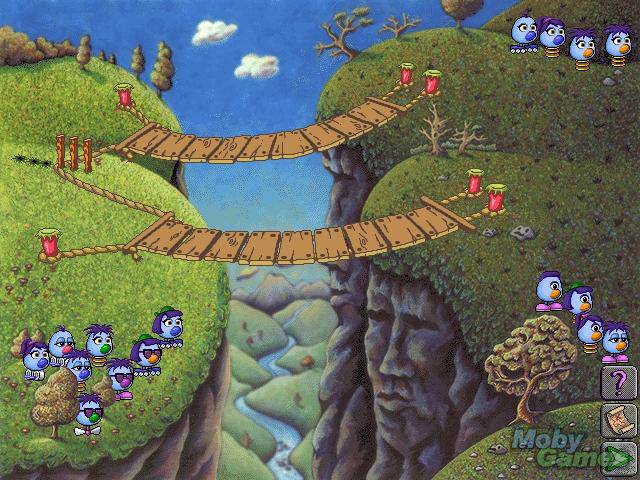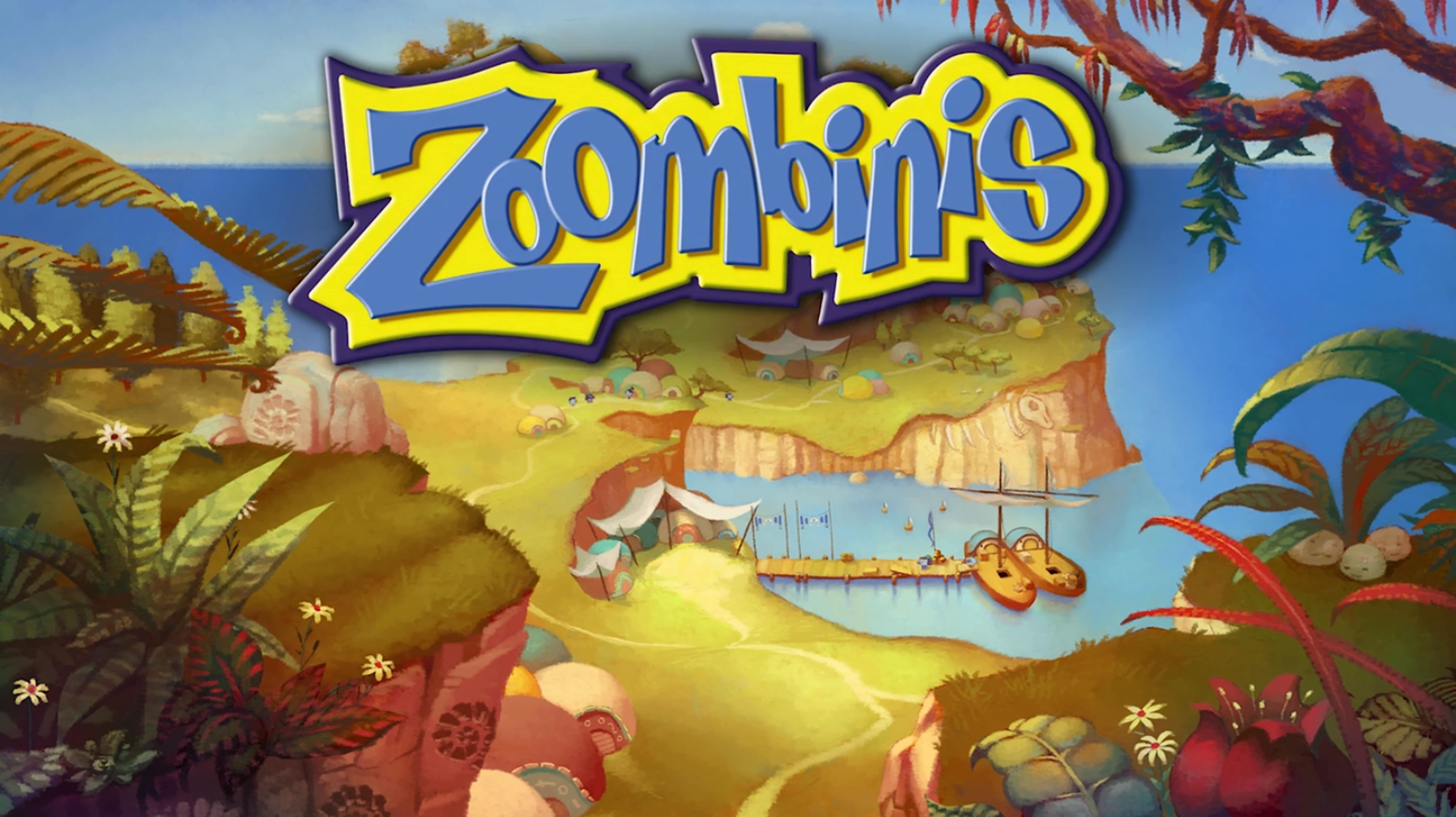

The studies on science games varied in terms of how researchers monitored the types of games, the activities involved, and the assessment of learning outcomes.
Logical journey of the zoombinis online series#
A series of studies that did take these elements into consideration found mixed and contradictory results in gains in statewide math assessment scores.

In math, the review concluded that the integration of games into the academic environment needs to be coupled with a number of design and implementation considerations before the use of games could have potential to improve student outcomes. Out of 363 articles reviewed, eight studies of games developed for math learning and 11 for science learning fit the authors’ criteria for inclusion. The authors considered a broad range of learner outcomes including engagement, motivation, content mastery, and sustained interest in the subject area. For example, ASTRA EAGLE math games were designed to address content tested in statewide assessments for fifth-graders. Games such as Math Masters, the Logical Journey of Zoombinis, Web Earth Online, and WhyVille were developed as a part of controlled studies that examined the impact of the games on student achievement in a specific area.

Only studies that both discussed digital learning games and assessed some sort of student academic achievement as a dependent variable were included. Studies included in the literature review were separated by content area, such as math, science, language, and history. The type of game in question is digital learning games (not including simulations and digital visualizations) that “target the acquisition of knowledge as its own end and foster habits of mind and understanding that are generally useful or useful within an academic context” (Klopfer, Osterweil, & Salen, 2009, p. The authors define a game as any “voluntary activity structured by rules, with a defined outcome (e.g., winning/losing) or other quantifiable feedback (e.g., points) that facilitates reliable comparisons of in-player performances” (Thai, Lowenstein, Ching, & Rejeski, 2009, p. Their analysis found minimal evidence that video games have positive effects on mathematics and science learning. Review of Educational Research, 82(296), 295-299.ĭo video games have positive impacts on the academic K–12 curriculum? The authors of this paper conducted a literature review of more than 300 research articles on the use of video games in the classroom. A Review of Trends in Serious Gaming for Education. When a player reaches a resting place, he/she can choose to leave his/her party of Zoombinis there and return to a resting place that he/she has already gone including the beginning one.Lai, B., Slota, S. Resting places appear periodically on the Zoombinis' journeys usually about every fourth puzzle. The remaining Zoombinis go to the last resting place. Sometimes a player can complete a puzzle, but not well enough to take all the Zoombinis on to the next puzzle, for example by experimenting too much. These puzzles often depend on the characteristics of the Zoombinis, for example matching Zoombinis with the same characteristics and none left over. The party of Zoombinis travels through a series of puzzles, which the player must solve to proceed. Near the beginning of each game, the player has the ability to select a party of Zoombinis by choosing characteristics for the Zoombinis like eyes/glasses, hair/hats, nose color, and shoes/means of locomotion. Some elementary school math textbooks feature pictures of Zoombinis. The Learning Company recommends the game for children only at and after age 8.
Logical journey of the zoombinis online software#
Zoombinis are the main creatures in a series of educational software made by The Learning Company designed for child education.


 0 kommentar(er)
0 kommentar(er)
